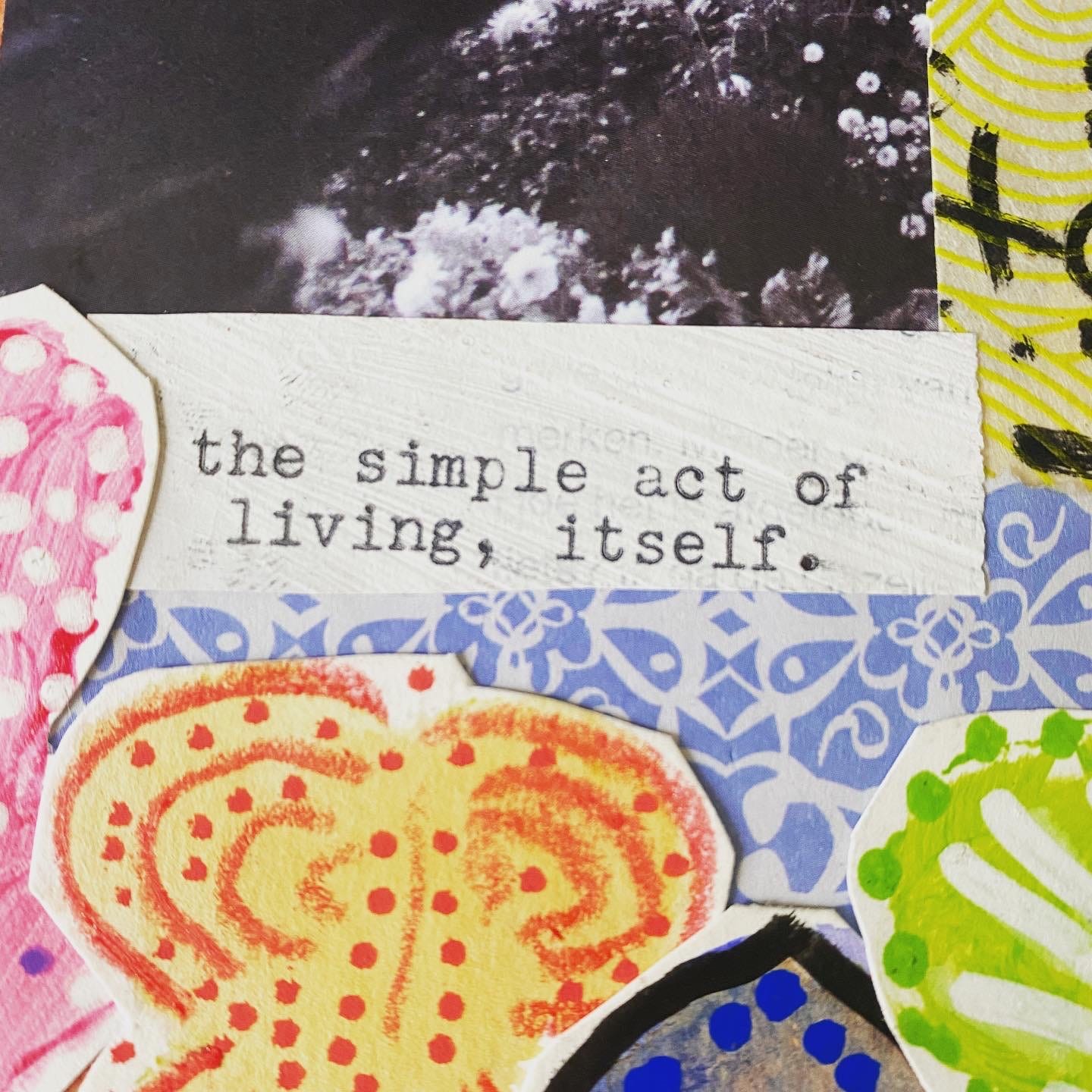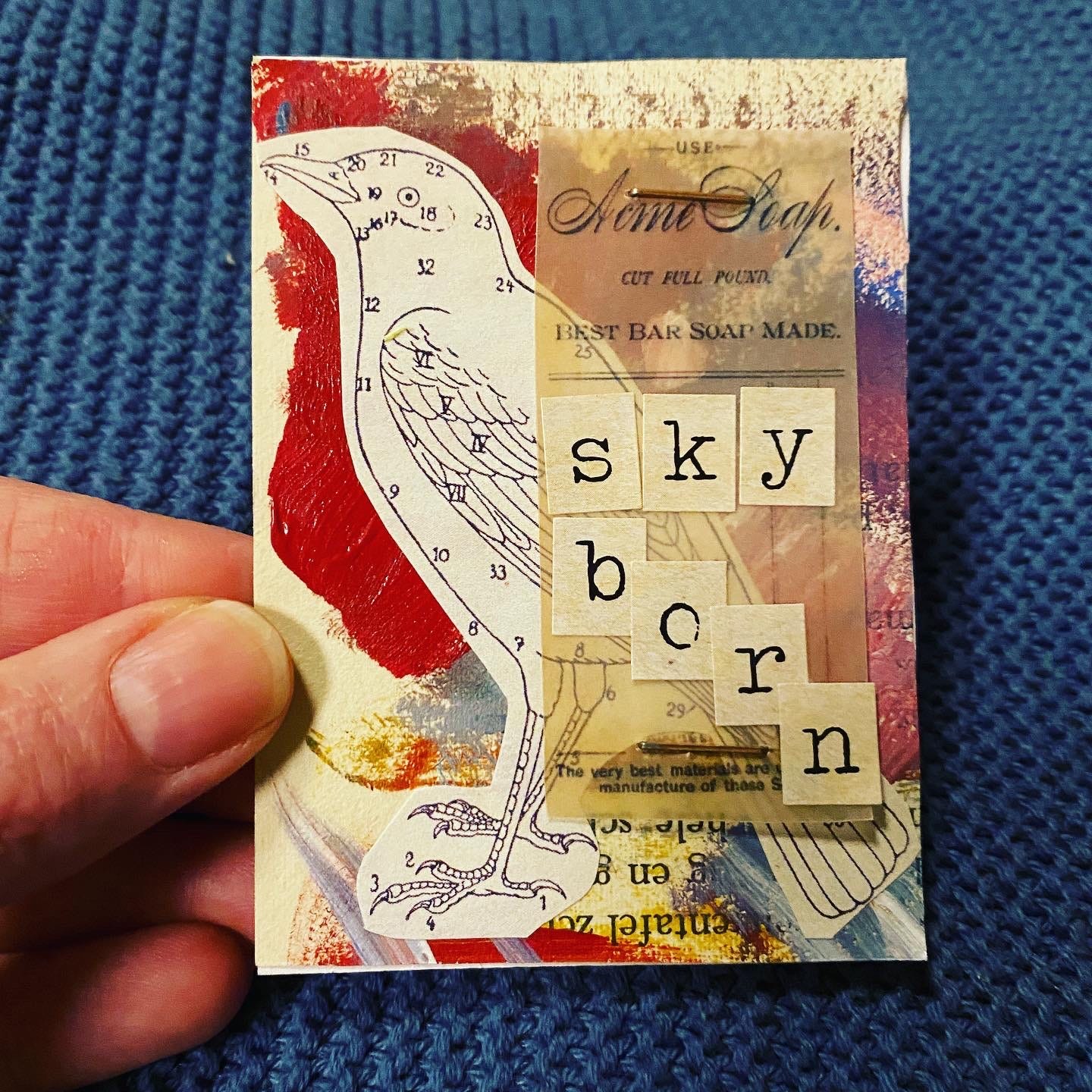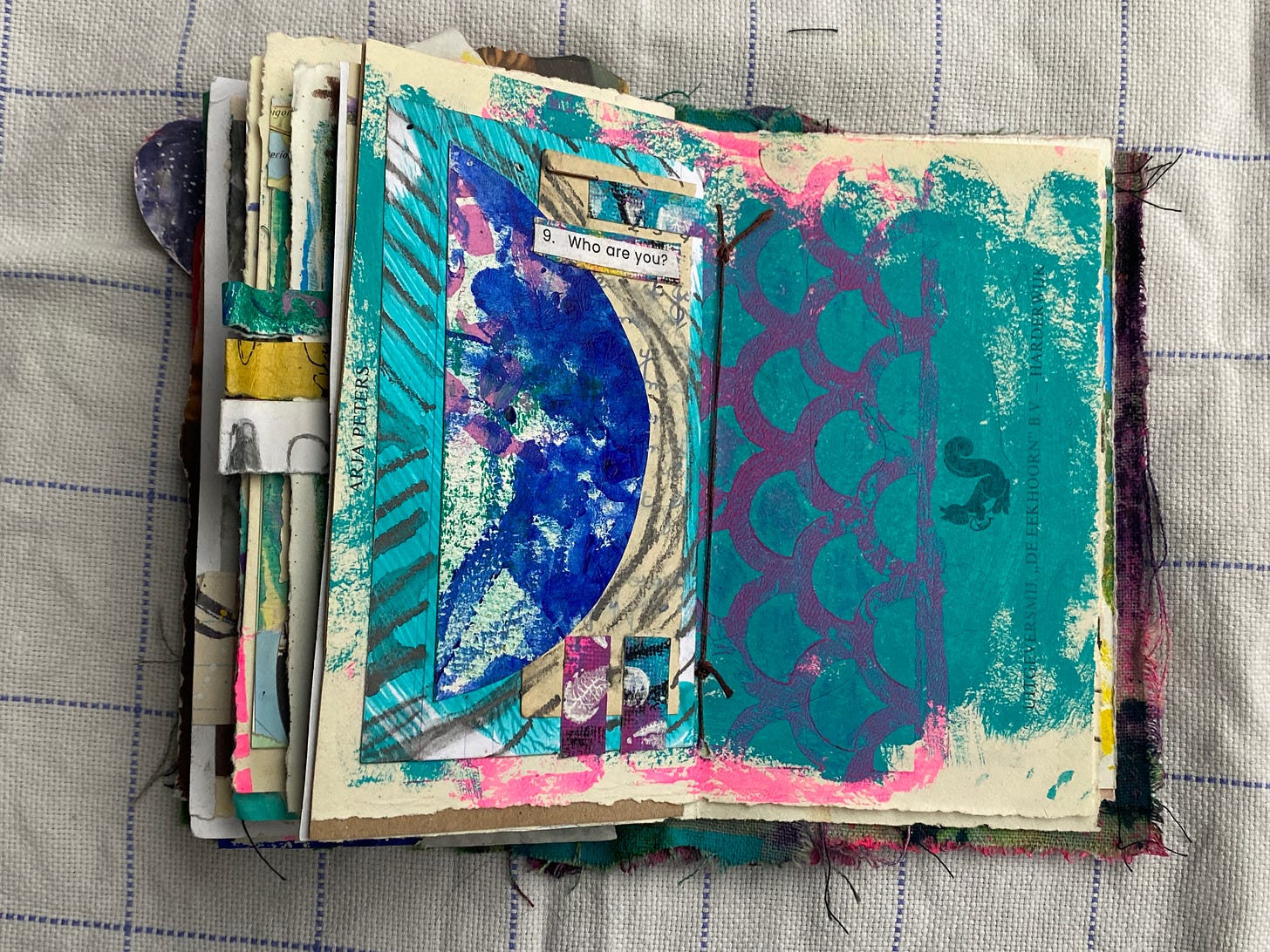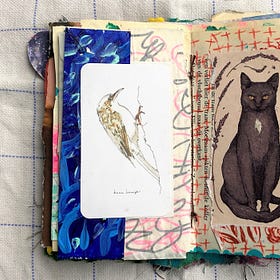Processing difficult emotions (with a journal)
Neil Gaiman: how I'm dealing with the awful news
Featured image from Tortoise Media: Master: the allegations against Neil Gaiman
This post comes on the tsunami of sexual abuse allegations against the writer Neil Gaiman. It contains concrete ways I deal with the difficult feelings that are coming up for me - from freewriting, to letter writing, to art journaling. If you’d like to add any ideas or techniques of your own for the other readers, please do!
Grief over people you’ve never met is very strange. But it’s on the rise thanks to the one-sided but authentic-feeling relationships that so many of us have with our suddenly-very-accessible idols via social media.
For me right now it’s more of a broad existential grief at the world and the people in it — what do you do when your faith in humanity gets chipped (yet again)?
So many sordid things have come out about so many famous men, and every single time an idol topples, it feels the same: like the distant misty beacons that helped you through the night have winked out.
But what are you supposed to do with this ratsnest of feelings? Enter: the notebook, and I’m sharing ways I’ve dealt with complicated difficult feelings in the past.
(personal aside)
After I finished reading the Vulture article, like many people, I felt hollowed out and just, well, sat there for a while. Gaiman himself — there are only a few of this novels that I liked, and I never read Sandman (gasp!). I met him once and we talked about his children’s book The Wolves in the Walls - a great read that both terrifies and thrills little kids, and that was about it.
His wife Amanda Palmer, and her music with the Dresden Dolls, however, were a huge part of my early 20s - and it’s grief over her role in all this that I’m mostly dealing with. It colours my life in reverse.
Back to the notebook
I use my notebooks for everything in my life. They’re a microcosm of my internal headspace. The first thing I do in response to pretty much anything is to distill it out onto the page somehow, either through writing, art, brainstorming, sketching, whatever.
Option one: cleaning your mind out / freewriting
A good way to get nasty feelings and thoughts out of your system is to write them down. It doesn’t necessarily mean starting with ‘dear diary’ (if anyone still does that) - it’s just about starting wherever you are and vomiting it all out onto paper. No criticizing or censoring yourself allowed: we’re here to release pent up emotions. Just focus on taking the time to write and giving it your full attention.
Try it out. Then it’s outside you, if you write enough - and things that are external are easier to deal with, whether they’re big or small, concrete or nebulous (climate stress anyone?). There are a ream of scientific studies supporting this:
For individuals who have experienced a traumatic or extremely stressful event, expressive writing guided purposefully toward specific topics can have a significant healing effect. In fact, participants in a study who wrote about their most traumatic experiences for 15 minutes, four days in a row, experienced better health outcomes up to four months than those who were instructed to write about neutral topics (Baikie & Wilhelm, 2005). Read more at Writing Therapy: How to Write and Journal Therapeutically.
Option two: letter writing (and burning)
Write letters expressing your raw feelings to people or situations that upset you (hello, world), without actually sending them. You’ll get the full benefits of emotional release all while avoiding potential regret over heated communications. Win!
You won’t actually send it, but what needs to come out? Who do you need to write it to? Is there a second letter that needs to be written? Do you need to write one to yourself? Is there a story that hasn’t been told? A feeling that has yet to be expressed or words that have yet to be heard? Perhaps there is forgiveness that needs to be given. — James Di Pardo, Burning Letters: The Therapy of Letter Writing and Letting Go
Want extra release? Burn the pages you wrote and let it go let it go let it go let it go let it go let it go.
Option three: if words just aren’t coming…make marks
Sometimes words aren't enough to get all of the shitty gunk out. This is when I just start making marks on the page, using anything at hand - a pen, a fork, paint, a pencil, a crayon, anything.
Related read: Art journaling: what, how and why
Draw or doodle your emotions to visually express what you’re feeling. Create mind maps to explore the root cause of your emotions and brainstorm ways to address them.
Book recommendation: Caitlin Metz’s Feel Something, Make Something: A Guide to Collaborating with Your Emotions. This is from that book:
Thank you for reading.
Be kind to yourself and everyone else. I always love to hear from you in a comment, with a ❤️, or even a restack to Substack Notes.
Further links:
Sustaining hope through art
Hello! Today I write to you about sustaining hope through making art, and challenge you to do 3 things. Links & cool readables are down the bottom as always.
Being creative is not about being able to draw
Being creative is not about being able to draw. It’s a way of thinking: being able to roam in your mind outside the box.
Small, hope-building art to restore your will to live
This week I’m sharing art to look at if you haven’t the wherewithal to make anything, while I lie here on the floor waiting to thaw out.
When your community's on fire
I want to talk about online communities for a second, and what happens when they suddenly internally combust.











Like you, the Amanda Palmer of it all is hitting me hard. My journal has seen a lot more of me the last couple of days. Thank you for this!
I have been through periods of writing everything out but now I'm onto painting it all out, love your notebook 💖